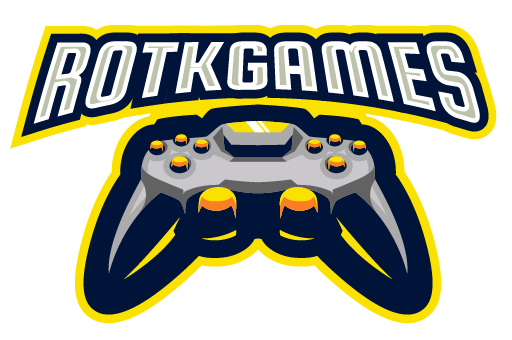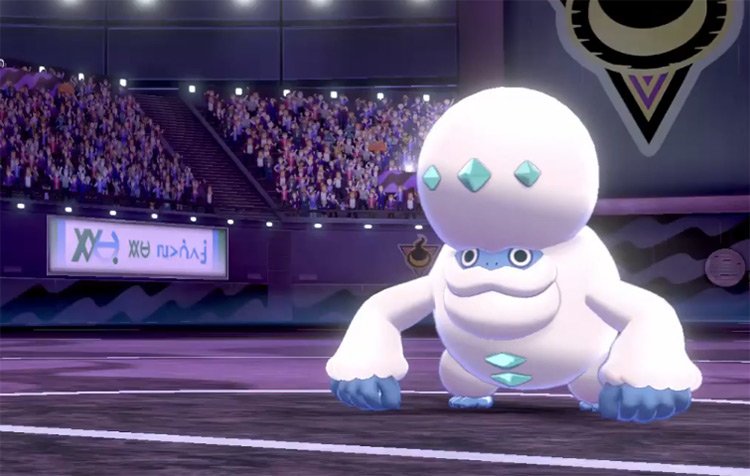Industry Idle Fast Start Guide – How to Skip the Early Game
In this guide, we’ll cover the early game and how to get ahead of other players.
Industry Idle may seem intimidating at first, but it’s really very simple to get to the midgame or at least the end of the early game quickly. The early game is very dull and sluggish, therefore this guide will assist you in getting through it. The first thing you should do is look for this guide before you start playing, but since that is unlikely, let’s suppose you’re beginning with a new city, even if you don’t have much money or a Swiss bank.
The Rules of the Game
The game is an active idle game, which means that offline profits are limited and active play is encouraged. You’ll want to construct a supply chain, similar to games like Anno or Factorio, but everything is done on a flat 2d game board, which is very gratifying since you don’t have to worry about conveyor belts or housing location.
You construct structures on the different board squares that either generate resources from the earth (which are limitless) or absorb resources from other buildings to create new materials / goods. Everything you make may be sold on your market or on the player market (there is a 2 hour hold if you reset your save to an earlier save). In the Trade Center, you may sell certain resources automatically.
Buildings
By the way, all of the structures you’ll need are in the map’s center. They’re the blue structures. The boat is the trade hub, and the atom represents research. At the first one with the aircraft, you spend Swiss money. You can wholesale items for certain early research center points using the shopping cart. You can view market statistics in the government-looking building, and how many Swiss franks you receive (+/- 25%) depends on how the market is going.
The scene is situated in the headquarters. Your metrics are shown on a bar chart. You establish rules in the building adjacent to it (you get culture from book publishers and wholesale sells early game which gives you policy points for boosts). Finally, at the stop sign, you may choose which fuel you’re using (on certain maps, batteries or gas are preferable over gasoline):

Due to the high expense of constructing permissions, you won’t be able to go very far unless you perform many resets. When you reset (i.e. select a new map to play, which may be the same one), you’ll get Swiss currency, which you can use to buy dividers and construction licenses. Construction new facilities gets more difficult as building permits become more costly, which makes expanding your supply chain more difficult, which is when it’s usually time to reset. Don’t be discouraged if you’re having trouble with your first few maps.
Step 1: Get your fuel and power in place as soon as possible.
Early on, you’ll want to lay a foundation for fuel and electricity. You may begin on whatever map you choose, but “Oslo” is the most straightforward owing to plentiful oil, which makes petrol an easy-to-use fuel and enough of gas for gas power. Regardless of the map, you’ll need to start with a fuel and power strategy, and don’t be hesitant to place the plants as far out as possible. The only item from the power stations that will need to move is the science, so you may place it where the greatest resources to align are or just out of the way.
On the map below, you can see that I’m playing in Osaka. I placed the power plants around the coal near my base (which is really very far away on the map that was created for me). I made batteries near the lithium mines, bypassing the battery factory and instead utilizing the batteries that you start with.

Step 2: Look for early game items on the player market.

You’ll want to keep an eye on what’s going on in the player market and search for any low-tier goods that are selling for a lot of money. I can’t provide details since it depends on the market at the moment, but you can expect high-demand goods like batteries and books to be reasonably priced. Look for products that you can produce quickly with a short supply chain and scale to make a large number of.
For example, if you start Osaka with 100k batteries, you can sell 50k of them for $1.5 billion, providing you a solid foundation to not just develop your own battery manufacturing plant, but also to sell the remainder of your board.
You’ll sometimes come across some mid-tier goods that you may sell for a decent profit. On maps with Lithium and Gas, rockets don’t take long to build up to, and they often sell for $300,000+ on the player market and $100,000+ on the map market. Good bargains!
As you can see, Batteries and Books, both of which are very simple to manufacture, were selling for much more than the real map market. As a result, it’s simple to cash out early on and stock up on everything you’ll need to progress to higher-tier resources. As a result, I concentrated my early game on this map on batteries and books in order to take advantage of the good player market pricing.
Step 3: Make the items and sell them on the Player Market.
So, after you’ve nailed down a decent power and fuel efficiency, it’s time to plan out your logistics for the goods you’ll be selling on the player market. It just takes a little patience and a little arithmetic to make sure you’re constructing the proper supply chain, and then you simply have to wait for the map to idle. If everything is in excess, it’s safe to leave the game running overnight and return back to sell what you’ve earned.
Keep in mind that the player market may change at any time, and other players may sell or purchase listings before you do, so start with safe goods that you know you can sell on the market.
When I initially began playing, my shoes sold like hotcakes. It wasn’t until I had built enough shoes to fill all of the player orders and then found myself with a surplus of shoes and no way to get rid of them that I realized my error. So don’t get too hung up on cashing in on the player market, but keep in mind that it’s a big early-game advantage.
Step four: Reset when you have 100 Swiss francs or more in your account and the market is near positive or positive.
So you’ve been playing for a while, made some fantastic market deals, can’t construct any more buildings due to their high cost, and it’s time to start a new game. The community advice is to reset around 50 to 80 Swiss cash and just keep repeating (making maps, reaching that milestone, resetting), but I find that it’s better to just leave your game idle overnight and cash out at a 100 Swiss cash or more so you can buy some of the more powerful bonuses like product bonuses or the permit and upgrade cost divider.
Step 5: Rinse and re-rinse
You may select a new map (including the one you were on) and start again once you’ve reset. Taking what you’ve learnt from your previous run and applying it to your upcoming run is the most enjoyable part. Increasing the efficiency of supply lines and the ability to autosell much more on the map’s trade market.
Don’t worry about the first several resets, or about anything else; as you spend your Swiss money, your capacity to develop in the game will naturally increase. If you need further assistance, utilize the in-game chat to seek assistance from the community. When I first began playing, the players there were very helpful, and I’m certain they’ll be able to answer any issues you have. In Industry Idle, have fun idling!


